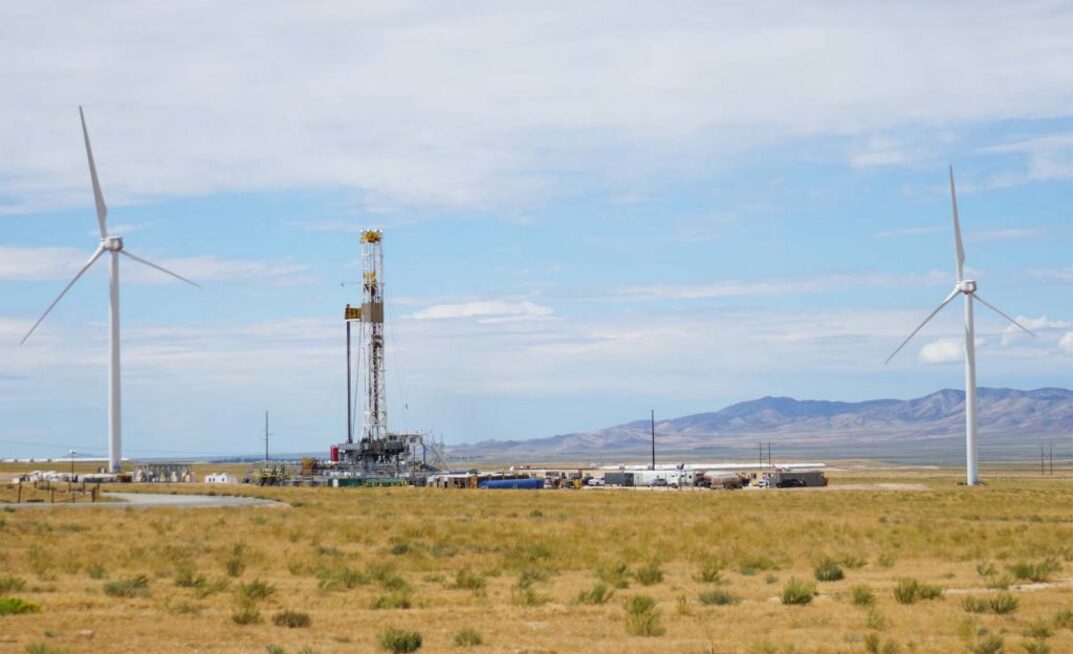Funded by the landmark Bipartisan Infrastructure Law, the pilot projects will use innovative technology and a variety of development techniques to capture the earth's abundant heat resources.
These projects will demonstrate the potential for geothermal energy to provide reliable, cost-effective electricity to tens of millions of US homes and businesses and help deliver on the president's goal of 100% clean electricity by 2035. They also support the goals of DOE's Enhanced Geothermal Shot, which seeks to cut the cost of EGS 90% in the same time period.
"These projects will help us advance geothermal power, including into regions of the country where this renewable resource has never before been used," US Secretary of Energy Jennifer M. Granholm said. "With significant investment from President Biden's Bipartisan Infrastructure Law, these pilot demonstrations will help us realise the full potential of the heat beneath our feet to reduce carbon emissions, create domestic jobs, and deliver clean, cost-effective, reliable energy to American nationwide."
The three projects are:
- Chevron New Energies - This EGS pilot demonstration will use innovative drilling and stimulation techniques to access geothermal energy near an existing geothermal field in Sonoma County in northern California.
- Fervo Energy - This pilot within the Milford Renewable Energy Corridor in Utah and adjacent to the DOE's Frontier Observatory for Research in Geothermal Energy (FORGE) field laboratory aims to produce at least 8MW of power from each of three wells at a site with no existing commercial geothermal power production.
- Mazama Energy - This project will demonstrate a first-of-its-kind super-hot EGS (temperatures above 375C) on the western flank of Newberry Volcano in Oregon. This demonstration will help advance the science needed to operate in extreme heat conditions.
Using geothermal resources for electricity production requires fluid to flow among hot rocks in the subsurface and then be drawn to the surface in the form of steam or hot water. While underground heat exists everywhere, many locations lack adequate water or conditions that facilitate fluid flow necessary to recover that heat energy. In those cases, EGS can be used to create a human-made underground reservoir to tap that heat for energy.
Geothermal resources currently generate about 4GW of electricity in the US, but a recent DOE analysis shows that advancing EGS could provide 90GW of firm, flexible power to the US grid by 2050, enough to power the equivalent of more than 65 million US homes, as well as support heating and cooling solutions nationwide.
Improving and derisking EGS technologies and reducing their cost can help the US realise this potential, making geothermal electricity a clean, cost-effective option across the country while spurring progress toward the Administration's goals of a carbon-free grid by 2035 and net-zero emissions by 2050.
These projects are the first round of selections under the EGS Pilot Demonstrations funding opportunity announcement. The second-round funding opportunity will cover EGS demonstrations in the eastern US.
These projects are funded by DOE's Geothermal Technologies Office in the Office of Energy Efficiency and Renewable Energy.
Got a story? Email: duncan.moore@aspermont.com



















